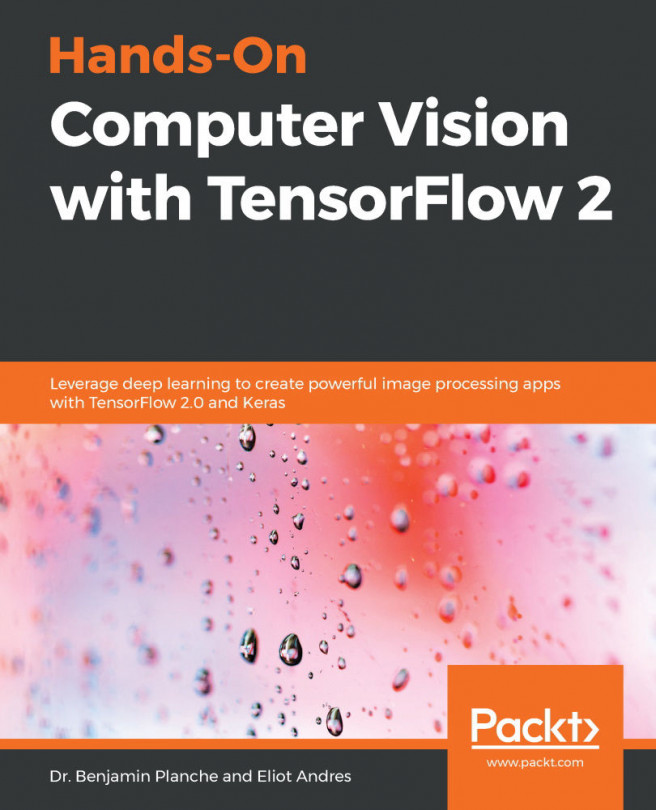In Chapter 3, Preparing Data, we discussed how to prepare data for two major types of problems: regression and classification. In this section, we will cover the technical differences between classification and regression in more detail. These differences are important because they will limit the type of machine learning algorithms you can use to solve your problem.
Classification
How do you know whether your problem is classification? The answer depends on two major factors: the problem you are trying to solve and the data you have to solve your problem. There might be other factors, for sure, but these two are by far the most significant.
If your purpose is to make a model that, given some input, will determine whether the response or output of the model is to distinguish between two or more distinct categories, then you have a classification problem. Here is a non-exhaustive list of examples of classification problems:
- Given an image, indicate what number it...











































































